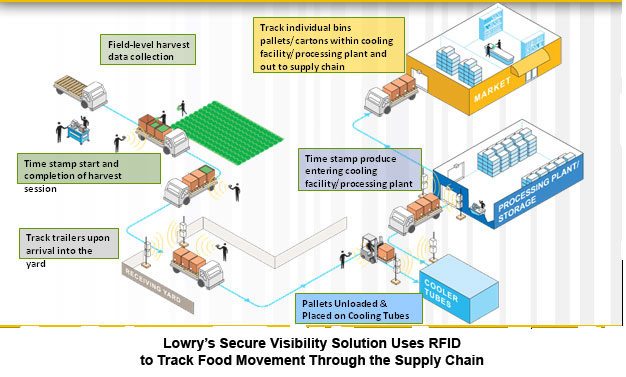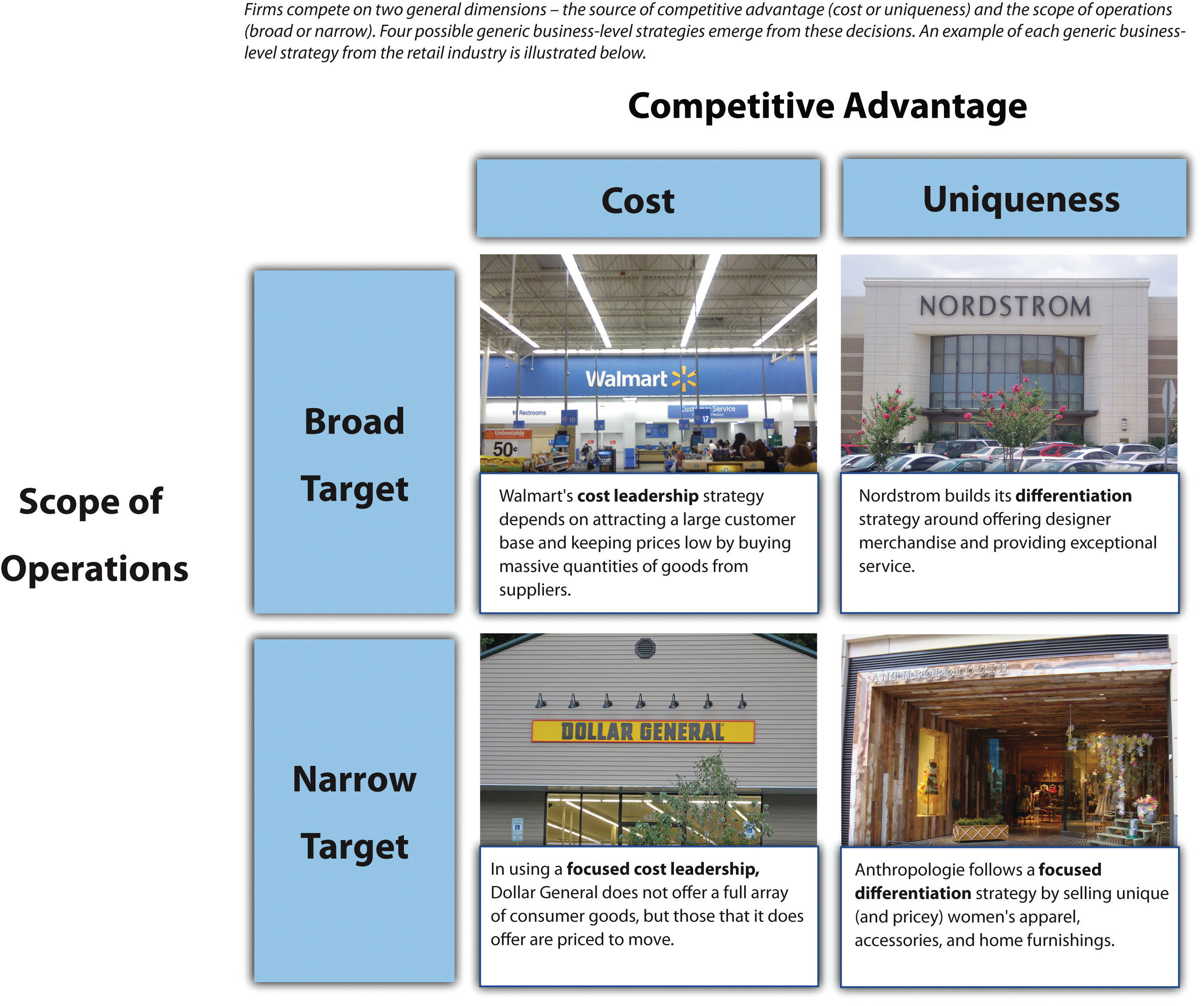- Information is everywhere in an organization
- Employees must be able to obtain and analyze the many different levels, formats, and granularities of organizational information to make decisions
- Successfully collecting, compiling, sorting, and analyzing information can provide tremendous insight into how an organization is performing.
- Levels, formats and granularities of organization information.
The value of transactional and analytical information
- Transactional information verses analytical information.
- Timeliness is an aspect of information that depends on the situation :
i) Real-time information : immediate, up-to-date information
ii) Real-time system : provides real-time information in respond to query request
The value of quality information
- Business decisions are only as good as the quality of the information used to make the decisions
- You never want to find yourself using technology to help you make a bad decision faster
Low quality information example
Understanding the Costs of Poor Information
-The four primary sources of low quality information include:
1. Online customers intentionally enter inaccurate information to
protect their privacy
2. Information from different systems have different entry
standards and formats
3. Call center operators enter abbreviated or erroneous.
information by accident or to save time
4. Third party and external information contains inconsistencies,
inaccuracies, and error
- Potential business effects resulting from low quality information include:
I. Inability to accurately track customers
II. Difficulty identifying valuable customers
III. Inability to identify selling opportunities
IV. Marketing to nonexistent customers
Understanding the Benefits of Good Information
• High quality information can significantly improve the chances of making a good decision
• Good decisions can directly impact an organization's bottom line

























